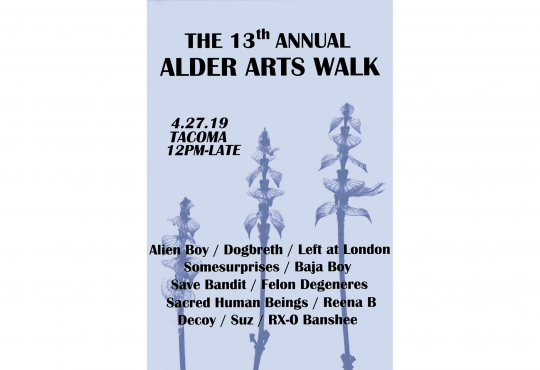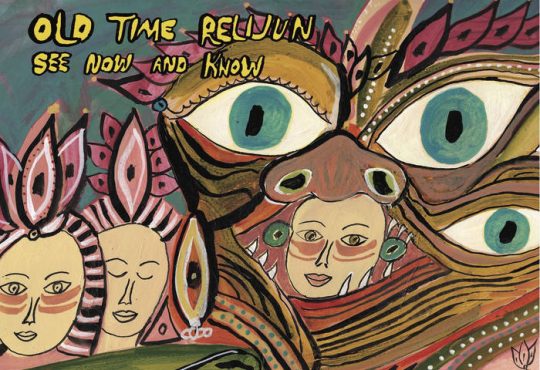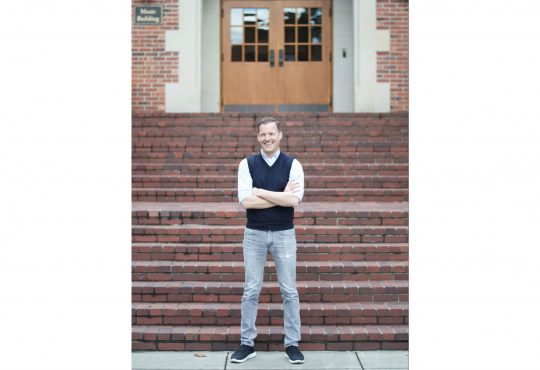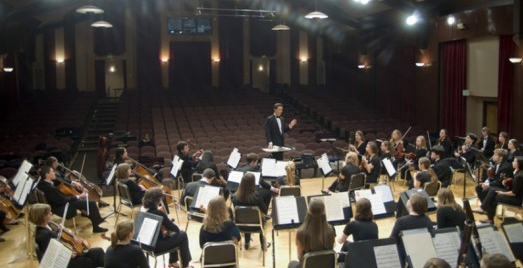By SABINE GLOCKER
The Oct. 11 Symphony Orchestra concert entitled “Romantic Smorgasbord” is a perfect example of the term smorgasbord.
According to dictionary.com, the word means “an extensive array or variety.”
Huw Edwards will conduct the group, who will play four pieces.
Opening the evening of musical talent will be Samuel Barber’s “First Essay for Orchestra.”
Finished in 1938 by the American composer, the piece “starts off slowly and quietly and then it gradually crescendos into a more dramatic brass heavy section,” Jenna Tatiyatrairong, a sophomore clarinet performance major, said.
Some composers like to focus on one section of the symphony as opposed to others, but not Barber, according to Gavin Tranter, a sophomore trumpet performance major.
“[Barber] really spends equal amounts of time focusing on different sections. Some are really string heavy, some are really brass heavy, and some are woodwind heavy,” Tranter said.
The nearly nine-minute piece is supposed to “resemble the first movement of a full symphony and was first called ‘Essay for Orchestra,’ until Barber wrote a second, and then a third,” Tranter said.
A musical creation full of crescendos and spine-tingling dramatic sections, this piece will surely make for a fantastic entrance.
The second piece is by German composer Johannes Brahms.
Playing with Dr. Maria Sampen, the director of String Studies at Puget Sound and the faculty affiliate artist, the orchestra will perform the first movement of Brahms’ “Violin Concerto.”
Composed in 1878, and meant for a solo violinist accompanied by an orchestra, it “has a lot more sudden crescendos than the Barber piece and is a lot more string heavy, but I guess that’s to be assumed, considering it’s a violin concerto,” Tatiyatrairong said.
The first movement of the concerto is about 20 minutes long and demands incredible talent from the solo violinist.
“I looked at the sheet music for the violinist online and only found the first page, but even just that looked ridiculous,” Tranter said.
This piece has more dramatic jumps in speed and volume, making it much different than the opening piece, which has more gradual increases.
The third piece they will play is about 10 minutes long. “Rhapsody, a Shropshire Lad” was composed in 1911 by English composer George Butterworth.
The piece is “about not wanting to go to World War One basically,” Tranter said. “It’s like a guy, not wanting to go to war because of how he didn’t want to die, and how he would have friends that would go to war but would never come home.”
The piece is “very mellow and dramatic, and honestly it’s really sad because of what it’s about. Butterworth didn’t want to die at war, but then ended up dying by a sniper shot when he was 31 while fighting in France during World War One,” Tatiyatrairong said.
“Some parts of the song are more depressing than others, but it’s definitely different than the other two pieces in terms of sound. This piece is a lot more…well, sad,” Tatiyatrairong continued.
The closing piece was composed in 1902 by Finnish composer Jean Sibelius. It is the finale of Sibelius’ second symphony. A dramatic conclusion to the concert, Tranter and Tatiyatrairong agreed that the piece is very “naturalistic and very Finnish.”
This finale is triumphant and heroic, a huge change from Butterworth’s sad piece about WWI.
The concert will take place on Oct. 11 at 7:30 p.m. in Schneebeck Concert Hall. Tickets are free.
If you enjoy powerful music, be sure to catch this performance, one of many the Puget Sound Symphony Orchestra will be giving this year.






